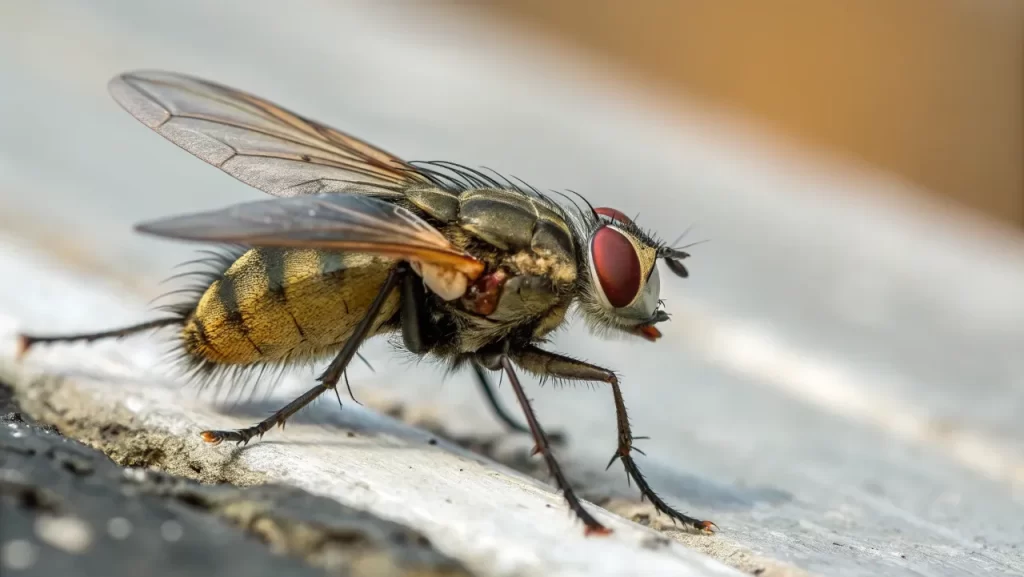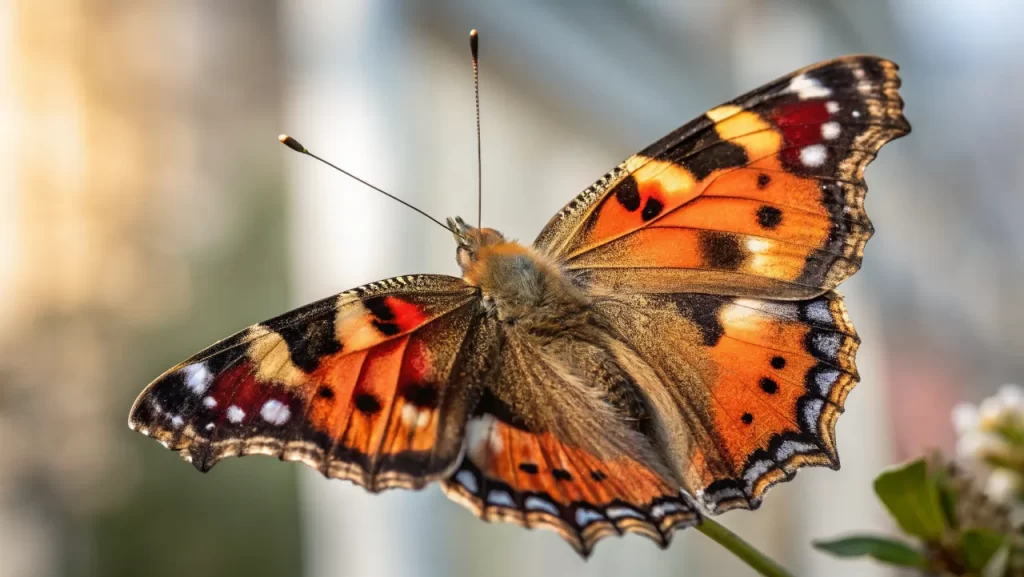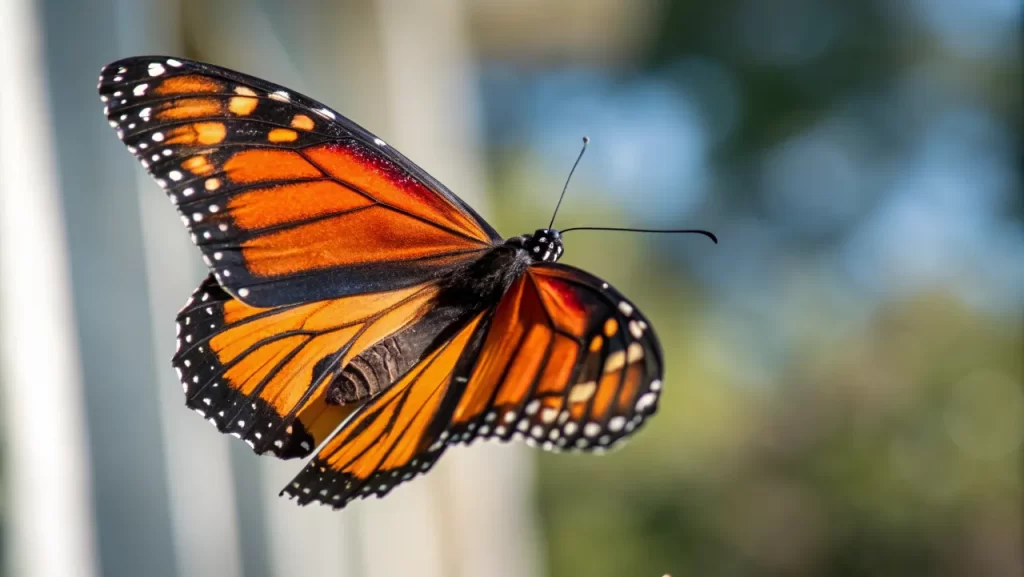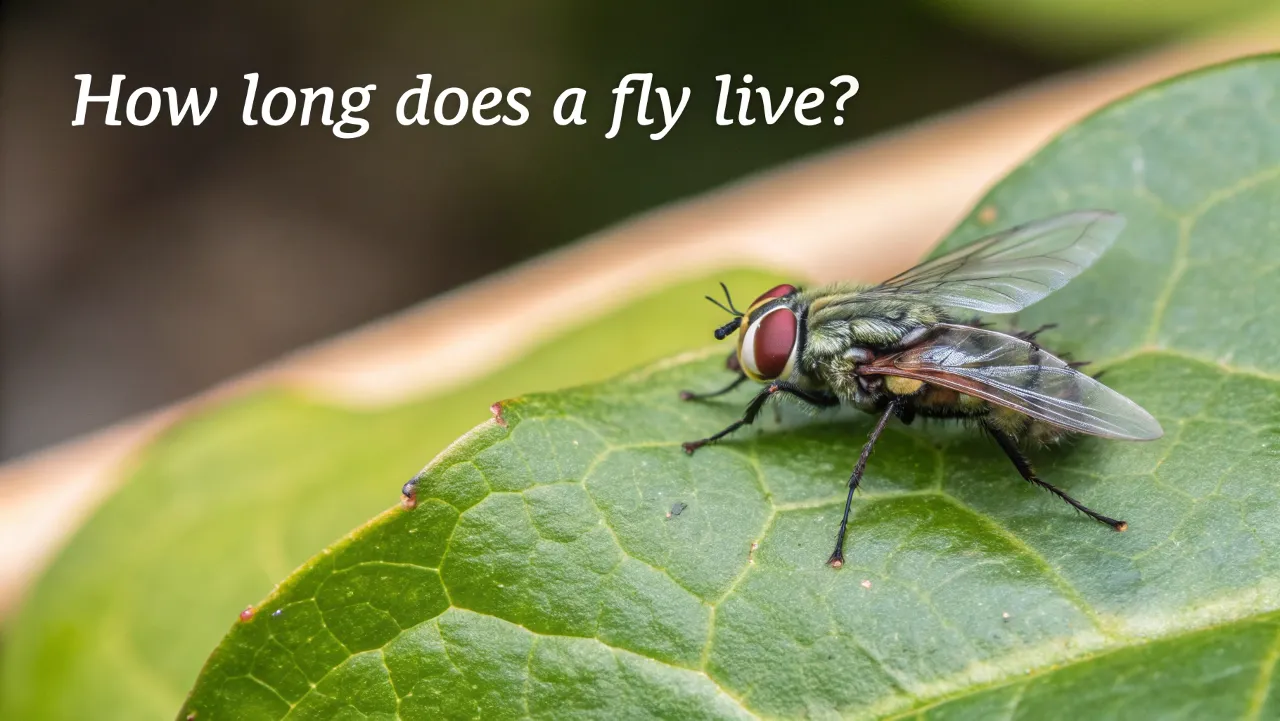Table of Contents
If you’ve ever swatted at a buzzing insect in your kitchen and asked, how long does a fly live? You’re not alone. Flies may be tiny, but their short, busy lives are surprisingly complex. From their rapid reproduction cycles to their incredible survival tactics, these insects are built for efficiency.
In this article, we’ll explore the life expectancy of different fly species, what influences their lifespan, and why understanding this can help in controlling their spread.
Not All Flies Are Created Equal
When we think of flies, we often picture the common housefly. However, not all flies share the same lifespan. Some live for just a few days, while others can survive for months under the right conditions.
For instance, the average adult housefly lives between 15 to 30 days. Fruit flies usually last 10 to 14 days but can survive longer in lab environments. Meanwhile, cluster flies, which often overwinter in homes, can last several months—even up to a year in some cases.
The Fly Life Cycle from Start to Finish

Flies undergo a complete metamorphosis, which includes four stages: egg, larva, pupa, and adult. This efficient transformation allows them to multiply at a shocking pace.
It all begins when a female lays up to 150 eggs at a time in warm, decaying organic matter. These eggs hatch within a day, producing tiny larvae (maggots) that feast on their surroundings to grow.
After a few days to weeks, they transition into the pupal stage, where a hardened casing protects them during transformation. Then, a fully formed adult fly emerges—ready to mate and begin the cycle again.
Living Indoors vs. Outdoors
Environmental conditions play a huge role in a fly’s lifespan. Flies in warm homes or laboratories often outlive their wild cousins. Inside, they’re safe from predators, and they have constant access to food and water. Outdoors, however, the situation is much harsher. Natural threats, shifting weather, and competition for resources all contribute to shorter lives.
Also Read: The Truth: Linseed Oil on Painted Wood – Good or Bad?
Interestingly, flies without access to food and water can die within just 48 to 72 hours. So, while their biological maximum might be a month or more, many don’t get to enjoy the full extent of their potential.
Why Temperature Makes a Big Difference
Temperature affects every stage of a How Long Does a Fly Live life?. In warmer environments, development speeds up. Eggs hatch faster, larvae grow quicker, and pupae emerge sooner. But this also means the adult fly might live a shorter life—burning through its energy more rapidly.
In colder climates, growth slows down, and flies might even enter hibernation-like states, especially during the pupal or adult stages. This can greatly extend their overall lifespan.
Understanding how environment affects life cycles is just as important as knowing practical costs in other areas—like calculating the honda crv out the door price before making a big purchase.
Reproduction: The Secret to Fly Dominance

One reason flies seem impossible to get rid of is because they reproduce at lightning speed. A single female housefly can lay over 500 eggs in her short lifetime. And with each new generation maturing in as little as a week, it doesn’t take long for a small infestation to turn into a big problem.
Fruit flies are even faster. Given the right conditions, they can complete their life cycle in as little as seven days, with new adults ready to breed almost immediately after emerging.
Extraordinary Senses and Survival Skills
Flies aren’t just quick breeders—they’re also built for survival. Their compound eyes give them near-360-degree vision, allowing them to detect movement and escape danger almost instantly. Their sense of scent is so powerful that they can detect rotting fruit or manure from significant distances, helping them find ideal egg-laying sites.
Also Read: How Long Do Helium Balloons Last? Surprising Facts Inside!
They even taste with their feet! How Long Does a Fly Live lands on food, it uses sensory hairs to determine if it’s worth eating before taking a bite.
Clever Defense Tactics
Flies are among the most agile creatures in the insect world. With wings that beat hundreds of times per second, they can hover, pivot, and launch themselves into the air in a blink. Their tiny hairs can detect air movements, giving them a split-second advantage to flee from approaching threats. Some species are so stealthy they can sneak around unnoticed until it’s too late.
Distance Traveled and Migration Habits

While most flies stay close to their birthplaces—typically within a one to two-mile radius—some travel much farther. Studies have shown that houseflies can cover distances of up to 20 miles, especially when driven by food scarcity or changing environmental conditions. Wind can carry them great distances, and they can even hitch rides on cars, animals, or clothing, making them effective spreaders of both themselves and the diseases they carry.
Health Risks and Disease Transmission
Beyond their short life spans and fascinating biology, How Long Does a Fly Live are notorious for their role in disease spread. Houseflies are known to carry over 100 different pathogens, including cholera, typhoid, and tuberculosis. They pick up germs from rotting matter and feces, then transfer them to surfaces and food via their legs and mouths. This makes them not just a nuisance—but a serious public health risk.
Also Read: Why 158.63.258.200 Isn’t a Valid IP Address—and What That Means for You
Managing Flies at Home
Given how quickly flies can multiply, it’s essential to address infestations early. Keep food sealed, trash bins closed, and drains clean to limit breeding spots. For persistent problems, contacting a pest control expert can make a big difference. They can help identify the source and create a tailored solution to keep your home fly-free.
Final Thoughts
So, how long does a fly live? It depends on the species, their environment, and access to resources. While a typical housefly may only live 15 to 30 days, some flies can stretch that out over months under the right conditions.
Their short, productive lives make them masters of survival—and effective pests. Comprehending their life cycle and behavior is the first step in keeping them under control. Whether you’re curious or trying to rid your space of these buzzing visitors, knowing how they live helps you know how to deal with them.
FAQs
How long does a housefly live indoors?
Houseflies typically live 15–30 days indoors, often longer in warm, food-rich environments with no predators.
Do flies die if they don’t eat?
Yes, most flies can only survive 2–3 days without food and water, making access to resources crucial for their survival.
Why do flies multiply so quickly?
Flies lay hundreds of eggs and mature fast—often in just a week—allowing populations to grow rapidly under the right conditions.

